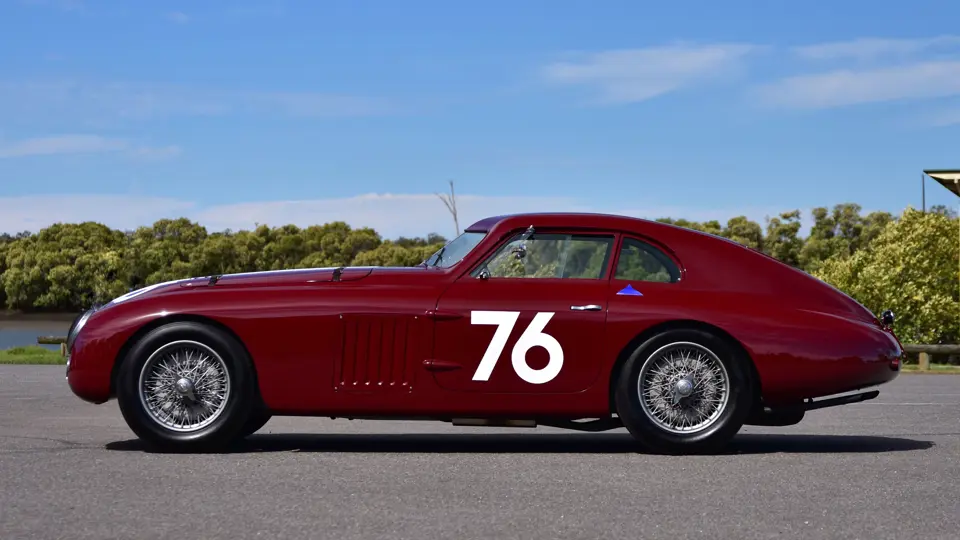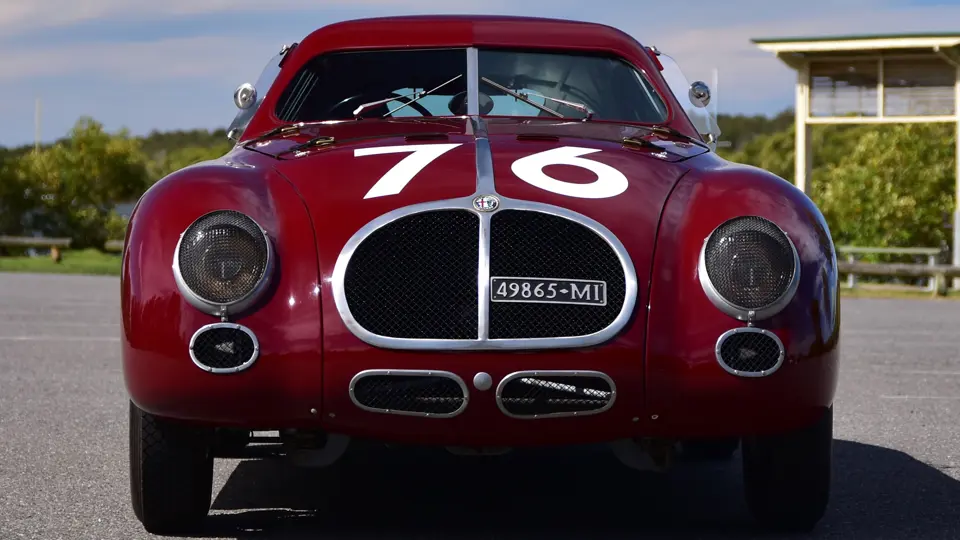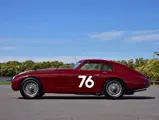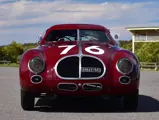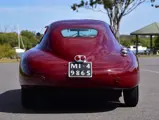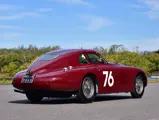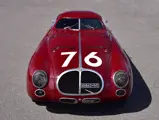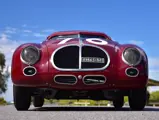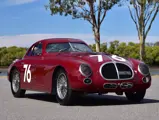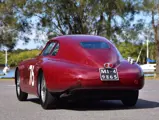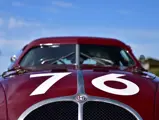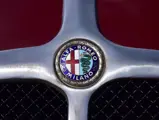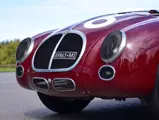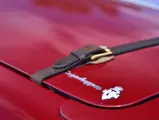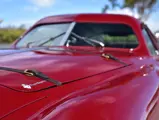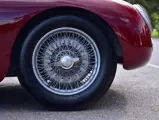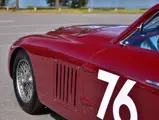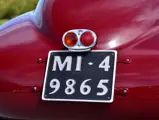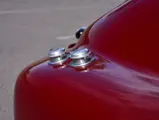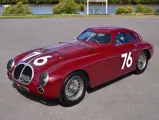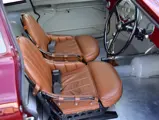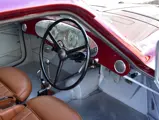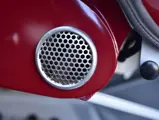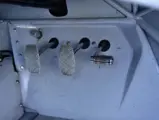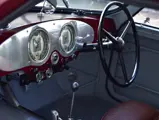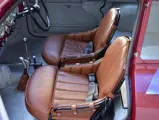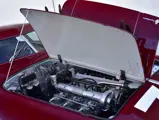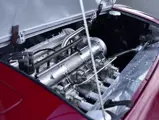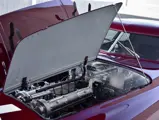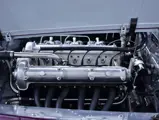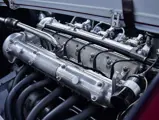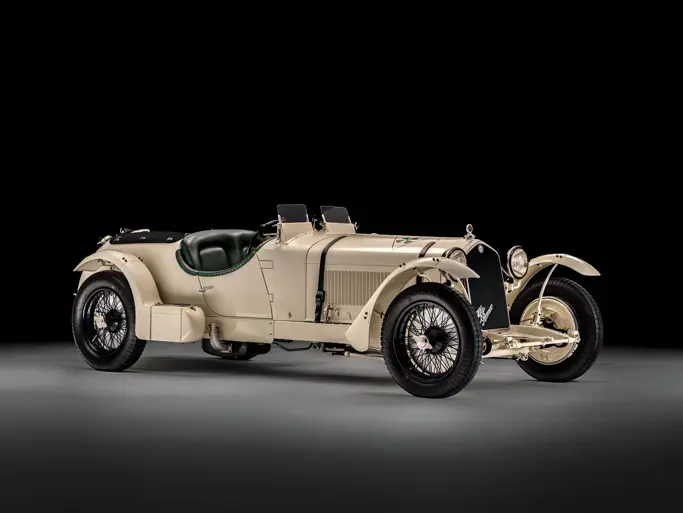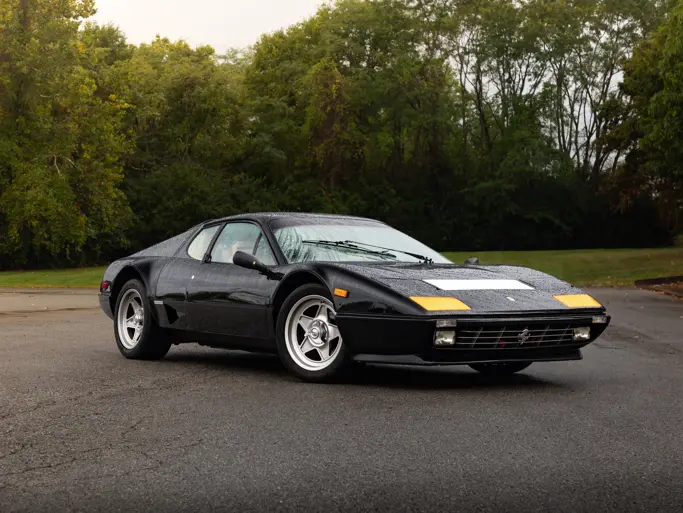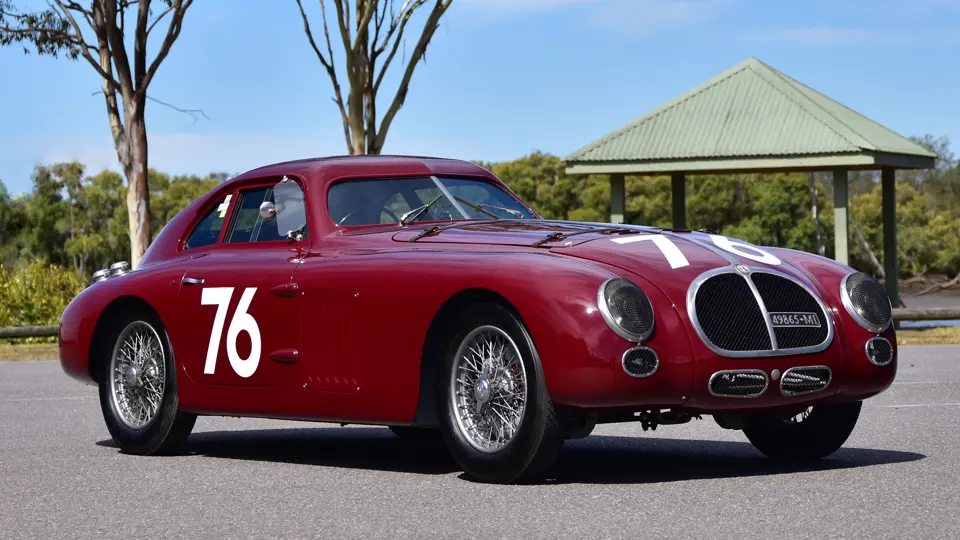
1939 Alfa Romeo 6C 2500 SS Berlinetta Competizione Recreation in the style of Touring
{{lr.item.text}}
$450,000 - $650,000 USD | Not Sold
{{bidding.lot.reserveStatusFormatted}}
- Considered the most accurate rendition of Alfa Romeo’s ‘lost’ Tipo 256 Berlinetta Competizione, which competed at the 1939 24 Hours of Le Mans and 1940 Mille Miglia
- Built upon a genuine 6C 2500 chassis with lightweight tube body structure
- Powered by a twin-cam, dry-sump 2.5-liter SS engine, generously improved to post-war competition specifications and rated at 153 hp
- Eight-year build by HVR of Victoria, Australia; remains ‘as completed’ with thrilling performance
- Hand-formed aluminum body constructed using period-correct methods and tooling by HVR, in collaboration with General Motors' VP of Global Design, Mike Simcoe
- Thoroughly documented in print, television, and Alfa Romeo enthusiast media; eligible for a wide variety of tours and exhibitions
At Le Mans in 1939, Alfa Romeo debuted a 6C Tipo 256 berlinetta which wore a streamlined, highly refined Touring body that had been finalized after testing within the Guidonia Supersonic Research Center. Driven by Sommer and Bira, the car was unfortunately forced to retire after completing 173 laps. Following some modifications and improvements, it was subsequently entered into the 1940 Mille Miglia, where it was driven by Trossi and Lucchi, to an 8th overall finish.
Though the whereabouts of the 1939 Berlinetta Competizione have remained unrecorded since 1941, offered here is undoubtedly the finest and most fastidiously researched and executed recreation of that unique and significant model.
This 1939 Alfa Romeo 6C 2500, chassis number 913191, originally began life as a Lungo-specification chassis which wore a five-passenger Portello saloon body and was delivered new to Poland. The engineless chassis of this car was later found there by 6C authority Raoul San Giorgi, who paired it with a period-correct 2.5-liter SS engine numbered 923818. The car was purchased by an Australian Alfa Romeo enthusiast and exported to Australia, though he never proceeded with the project and the car was subsequently sold to the consignor. In 2001, the consignor commissioned HVR (Historic and Vintage Restorations) in Blackburne, Victoria to complete and totally transform it over the next eight years into the incredible machine presented today.
After many months of research spent determining the minutest details of Alfa Romeo’s 6C 2500 SS Berlinetta Competizione, it was decided to construct the car as raced at the 1940 Mille Miglia. HVR created their wooden body buck with the input of Mike Simcoe, General Motors’ Vice President of Global Design. Staying true to Touring’s construction technique, a frame was formed of small-bore steel tubing, while the buck was then used to shape the new aluminum body.
The car’s 2.5-liter engine was completely rebuilt using its original crankshaft, alongside new steel rods and forged pistons. As with the genuine article, it is fitted with three Weber 40DC03 carburetors, though thanks to several updates this engine produces about 30 horsepower more than the original.
The quality of workmanship is immediately obvious upon reviewing the car’s interior, which oozes a convincing, period-correct charm thanks to a resolute focus on accuracy. A full suite of Veglia instrumentation is fronted by a Bakelite steering wheel, and ultra-lightweight tube frame airplane-style seats. No details were overlooked in HVR’s exacting recreation of the original, aerodynamic design; even the recessed bonnet straps, self-encapsulated door hinges, and dual rear filler caps have been carried over.
Since its completion by HVR in 2009, this remarkable Alfa Romeo has been sparingly used and much-admired at some of Australia’s most exclusive concours. Its fascinating transformation has been exhaustively documented by print, television media, and Alfa Romeo enthusiast publications, perhaps most notably in the December 2009 issue of The Automobile.
Presented today in as-completed condition, it remains a thrilling drive and even more compelling conversation piece—widely regarded as the finest executed rendition of one of Alfa Romeo’s most unique lost masterpieces.

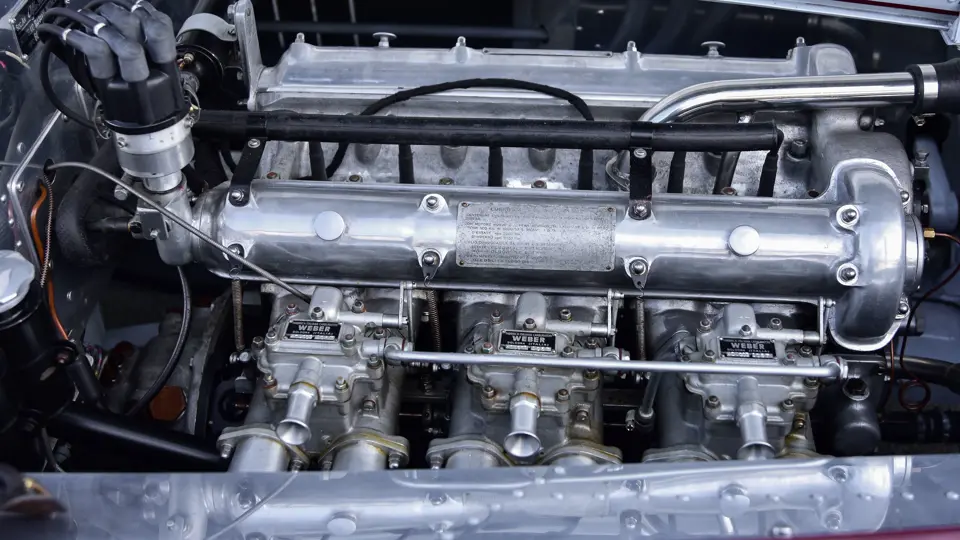
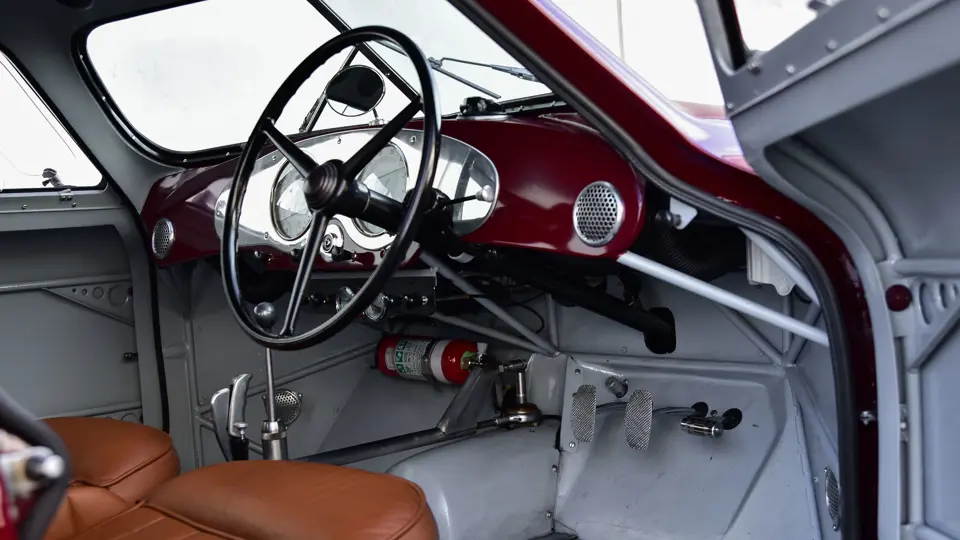

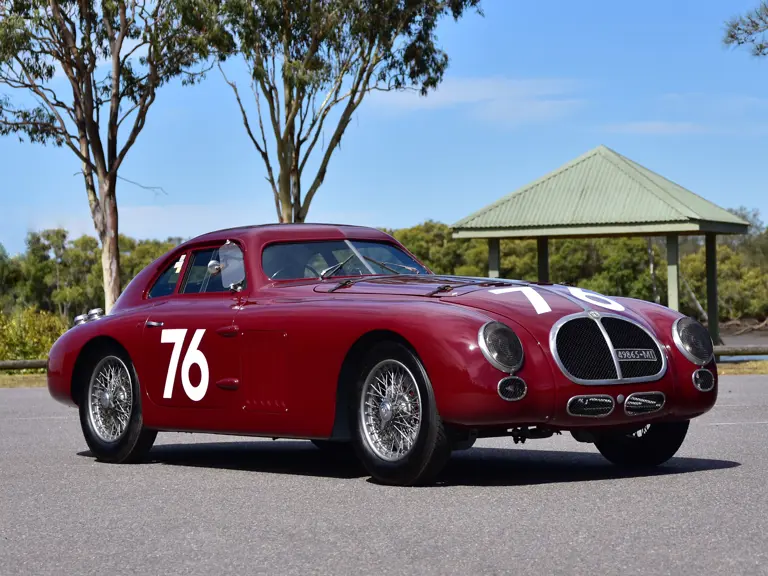



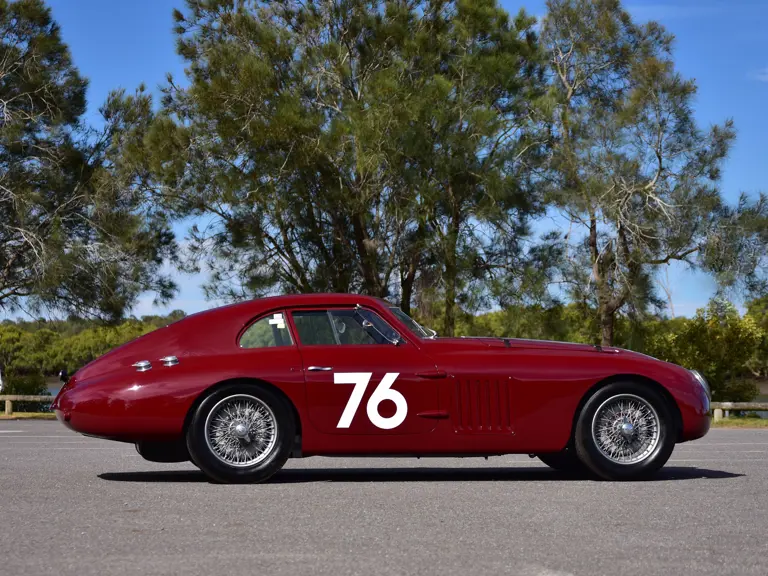
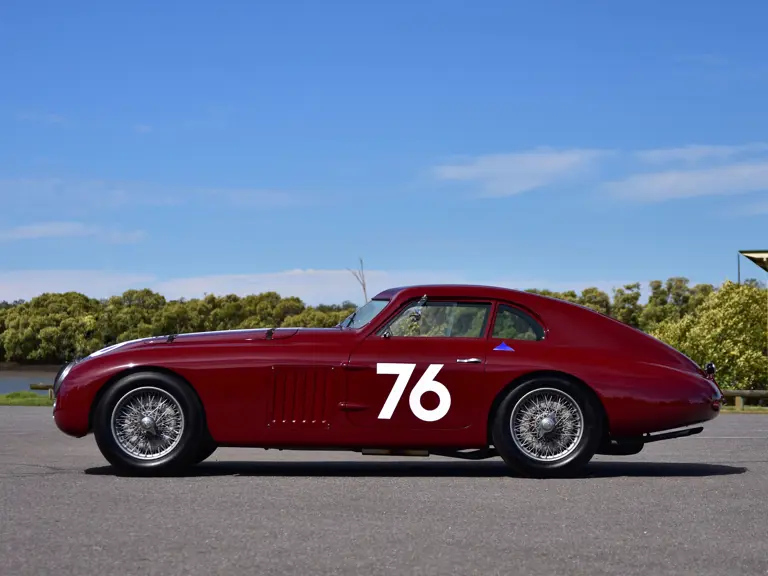
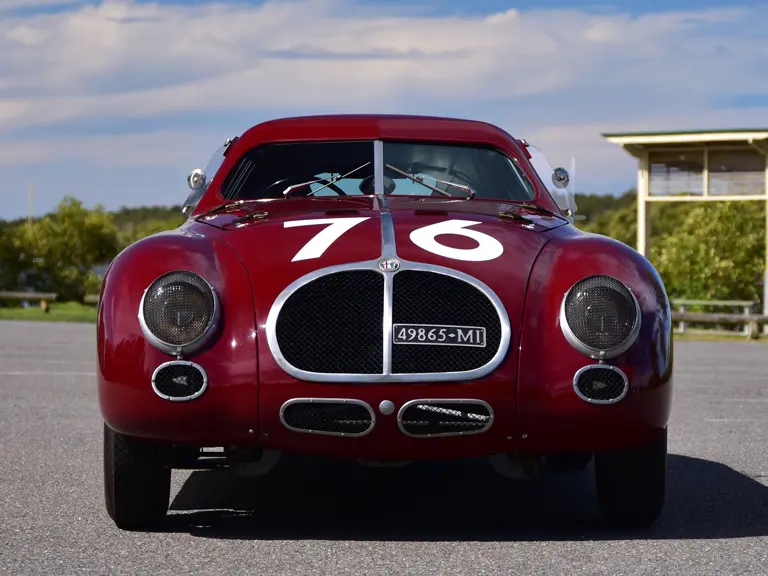


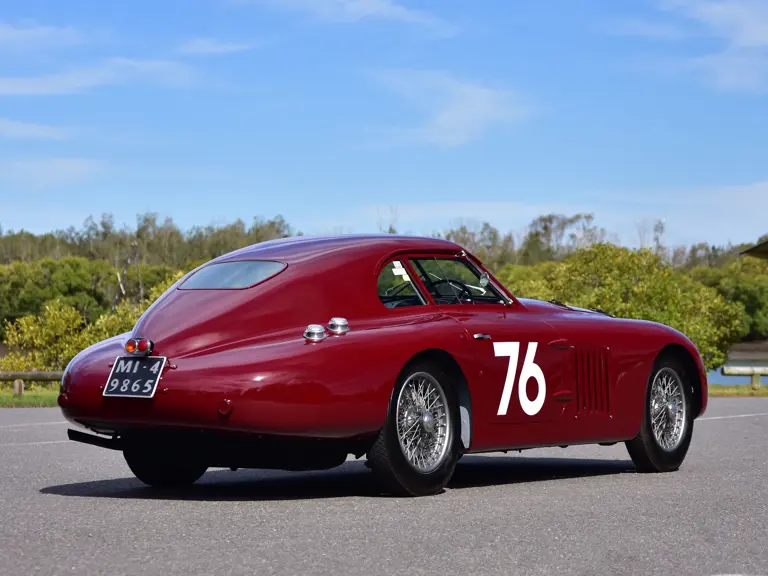

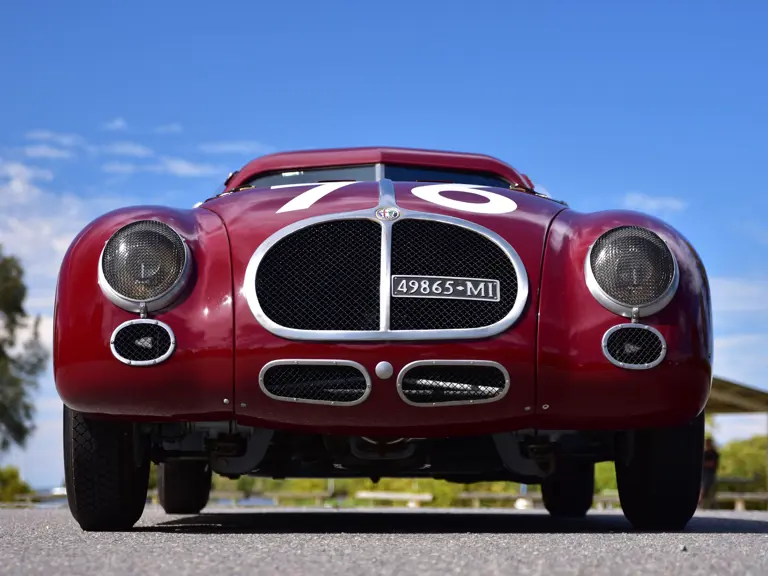
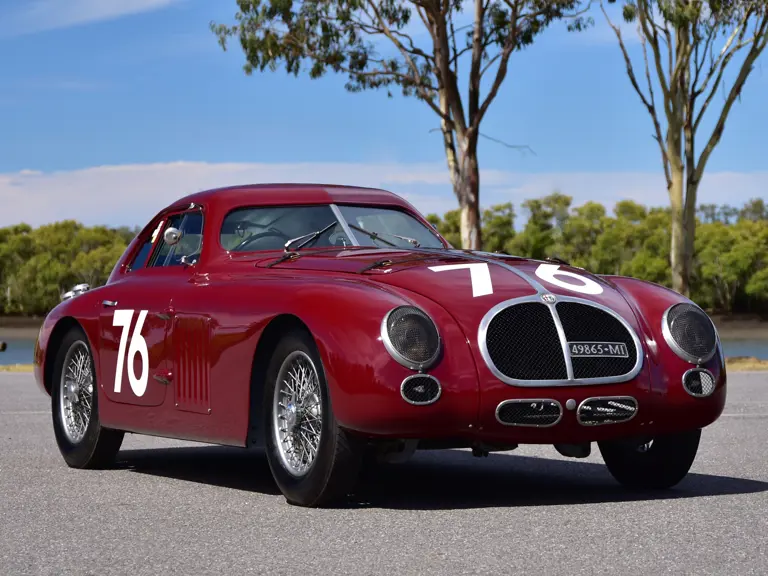

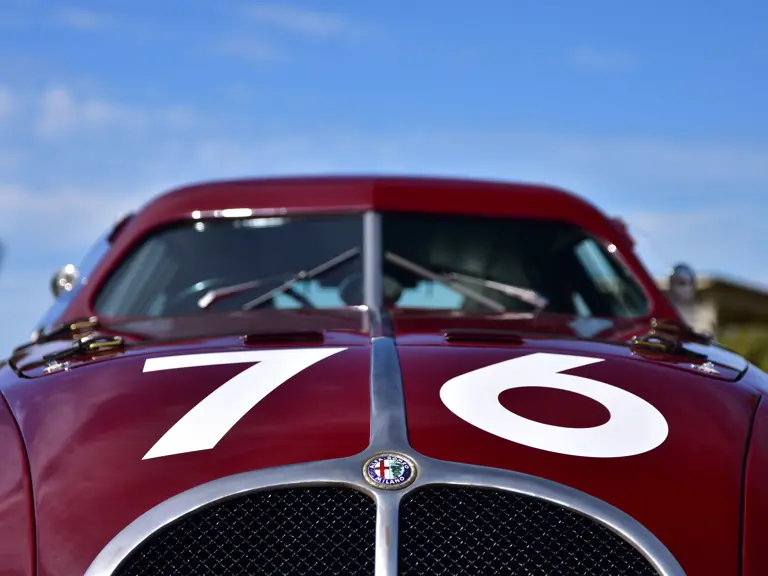
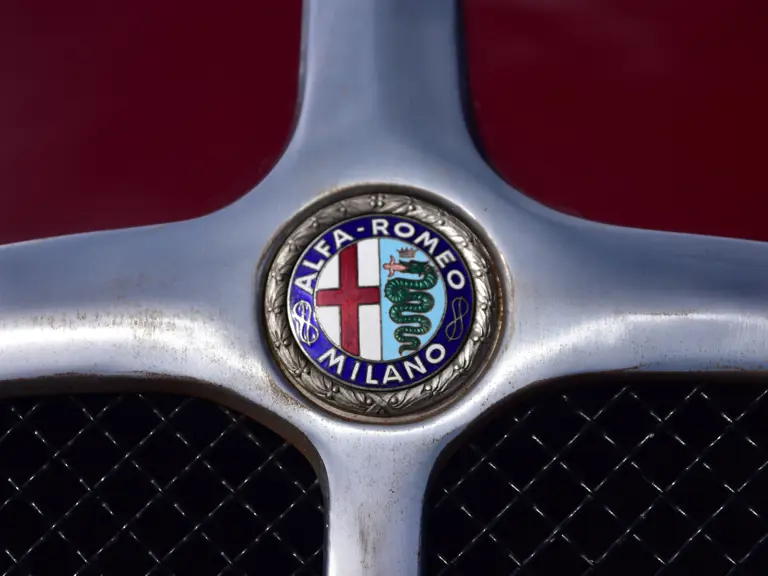

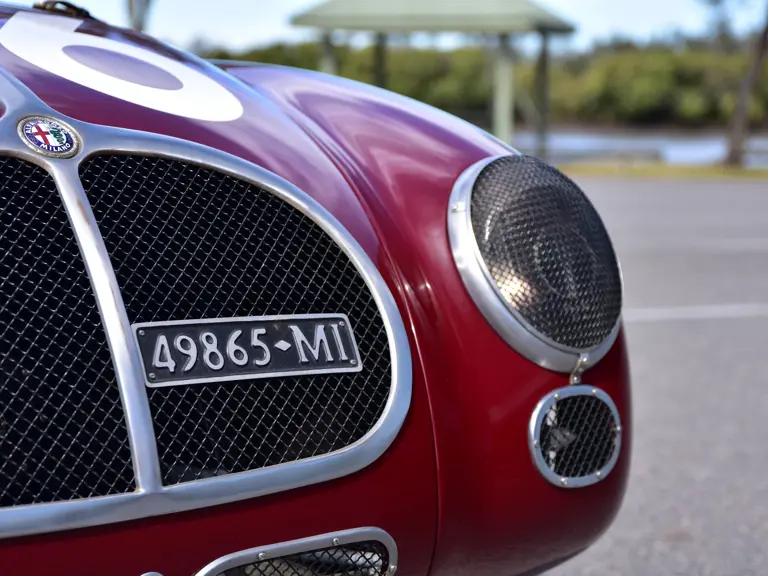

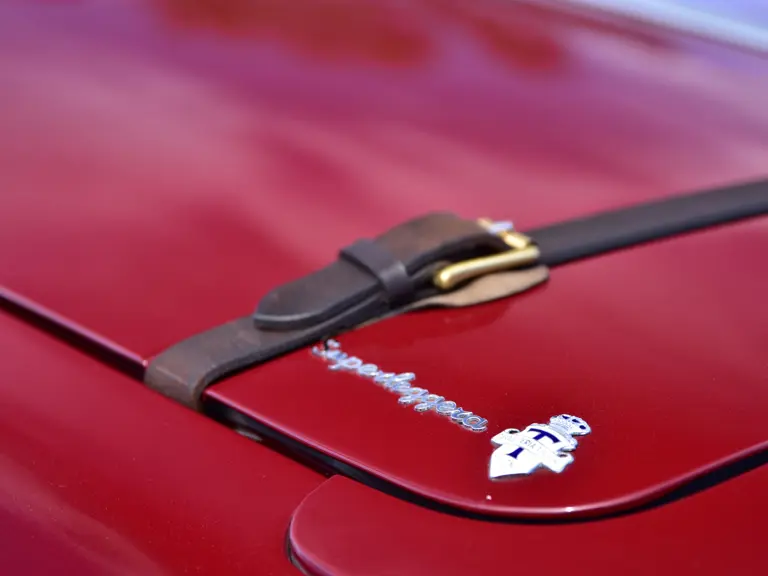

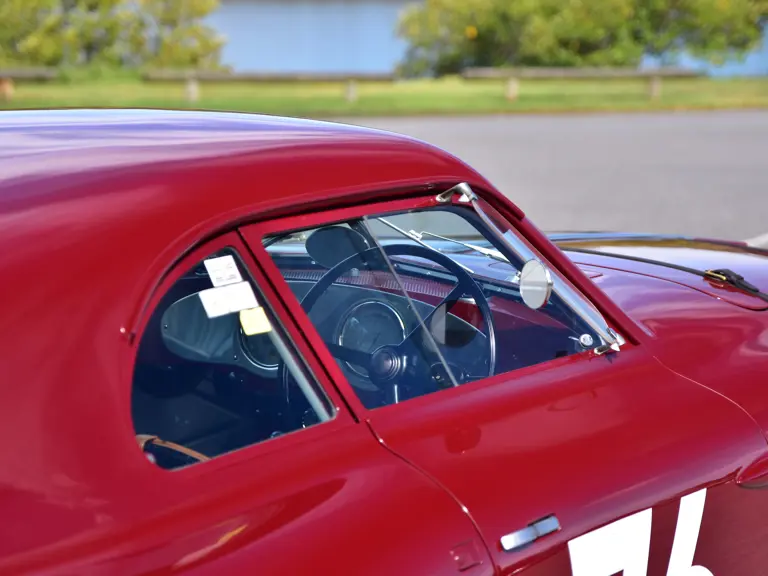
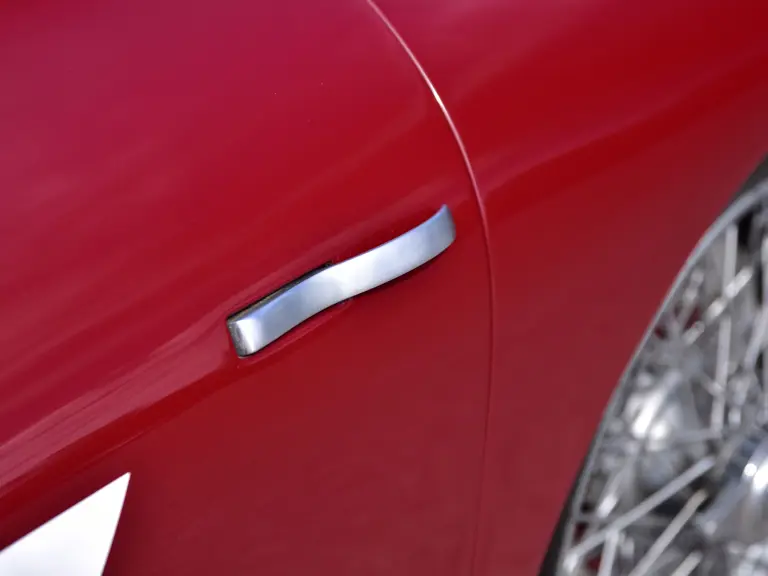
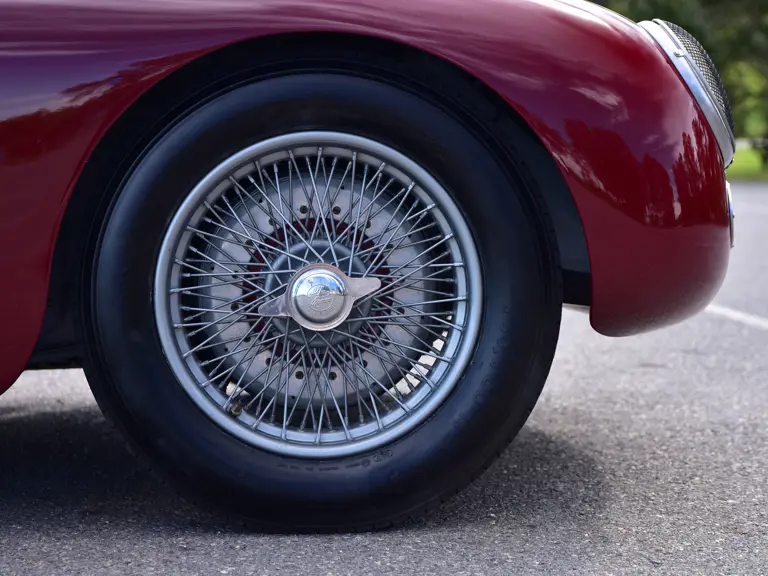

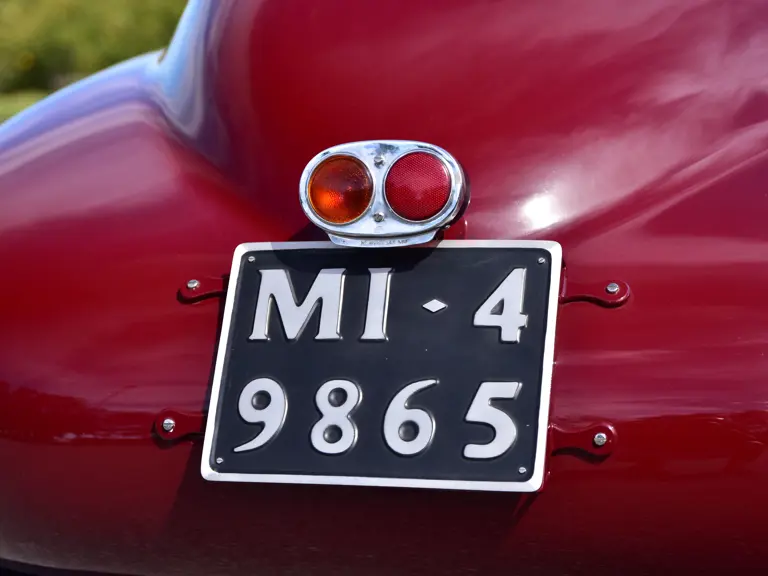
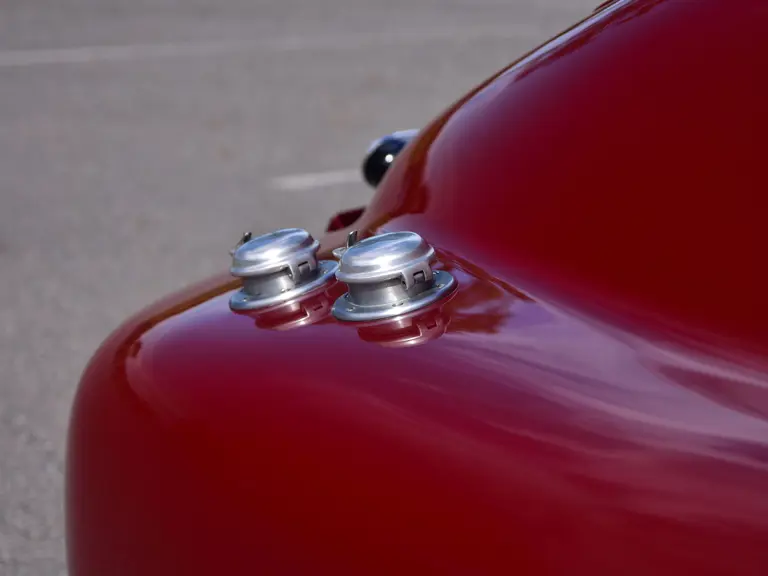
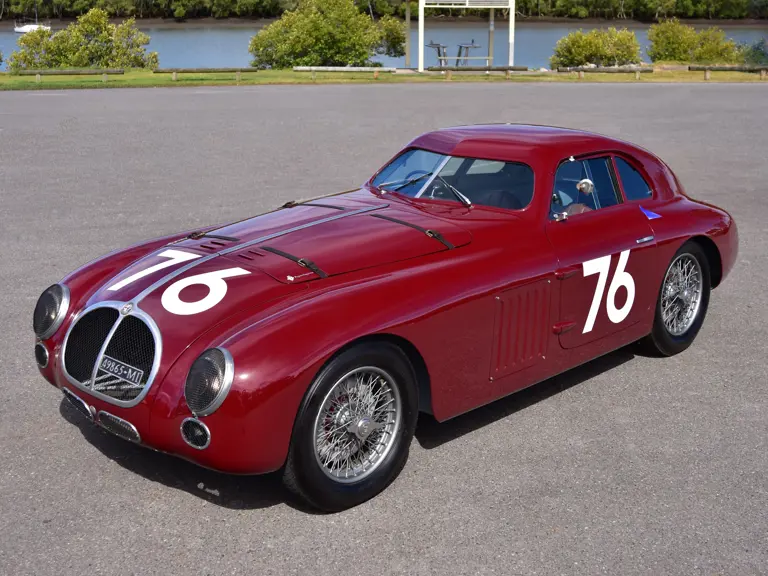
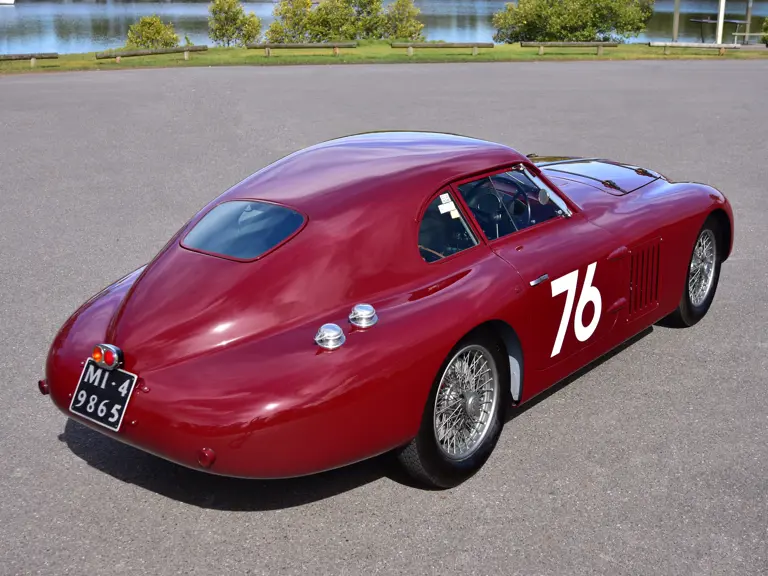


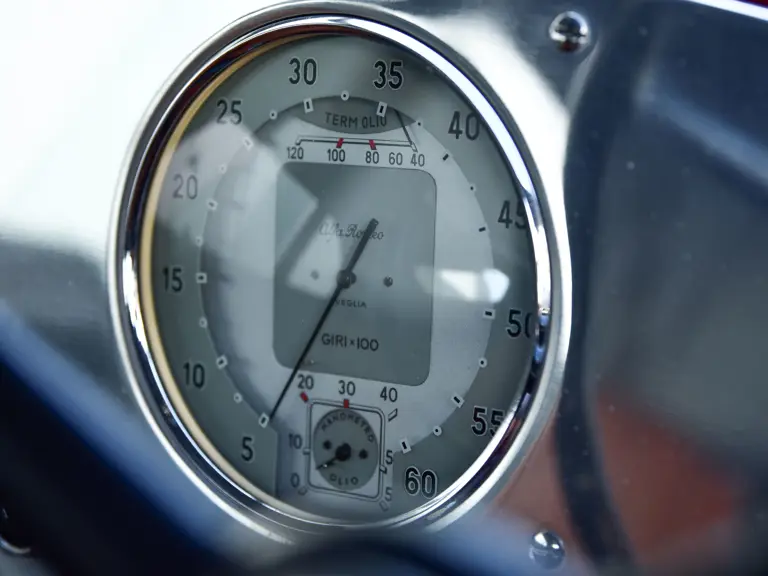
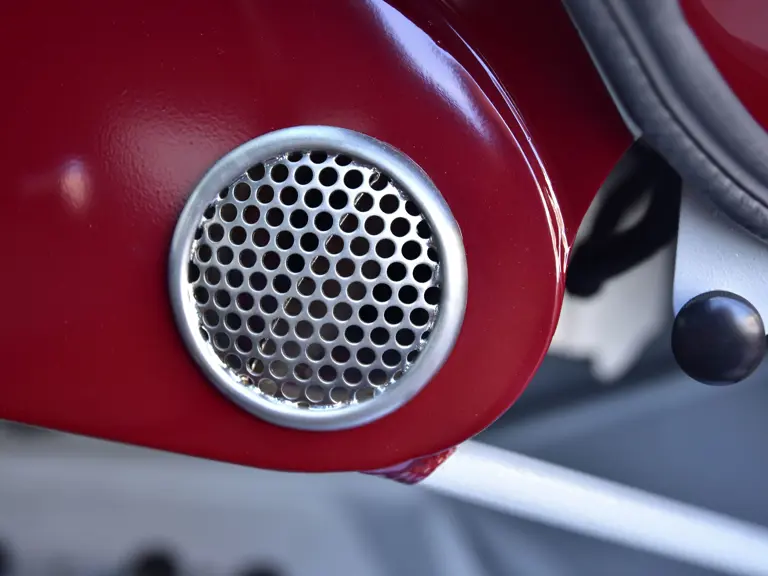

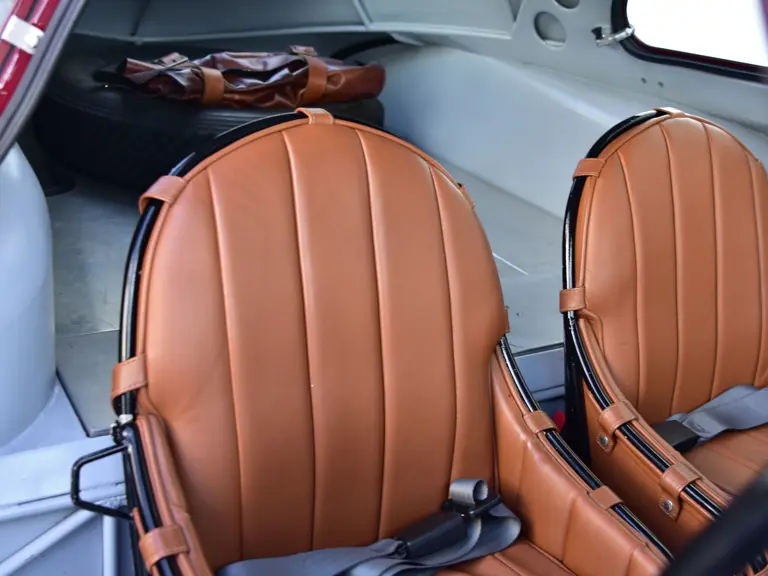
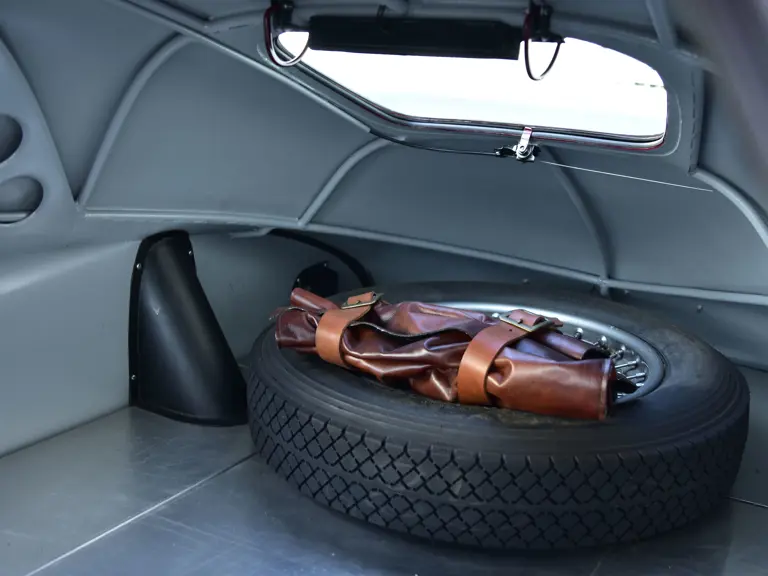
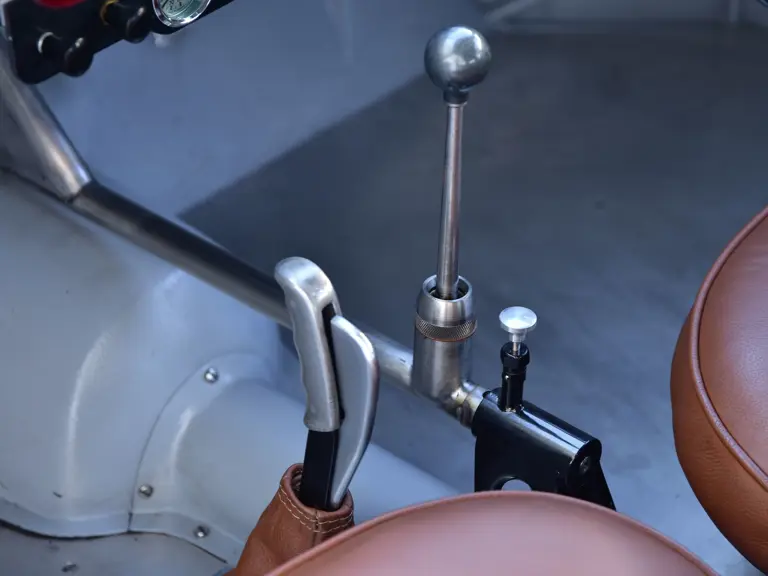
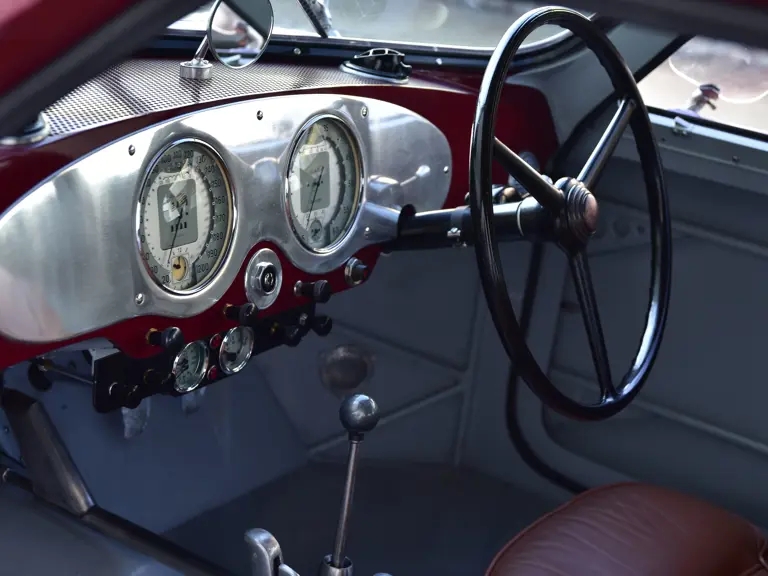
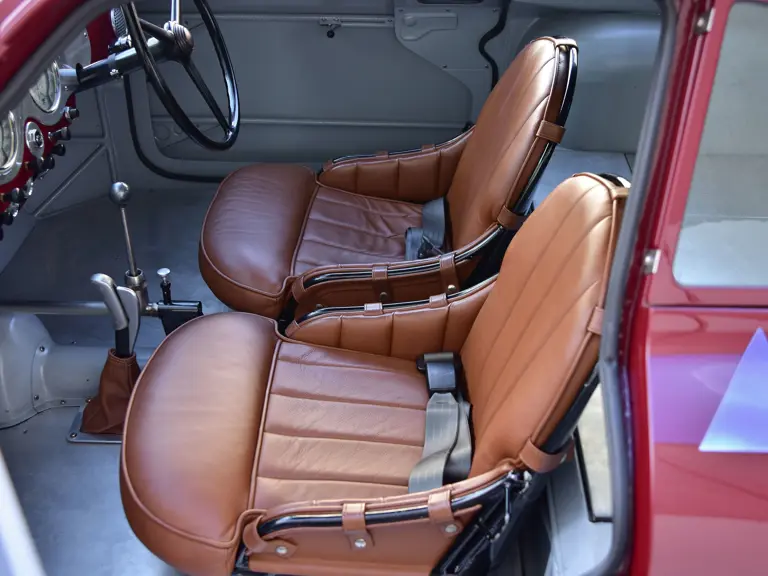


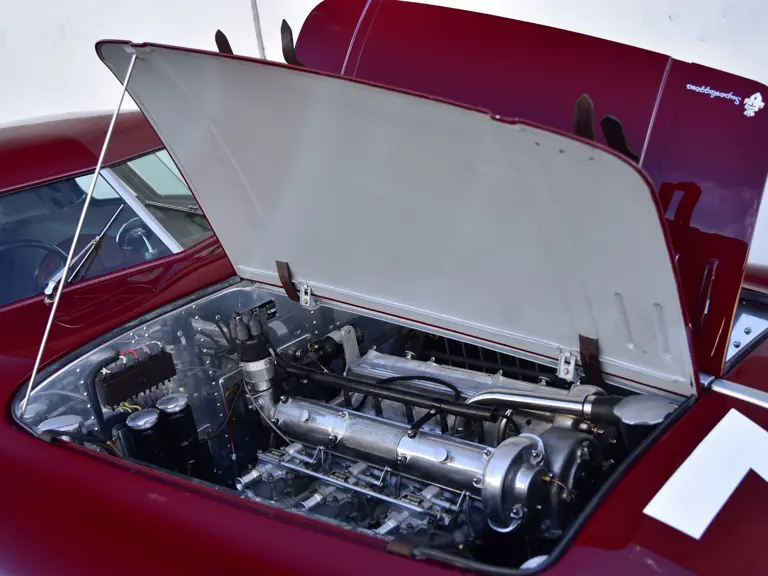
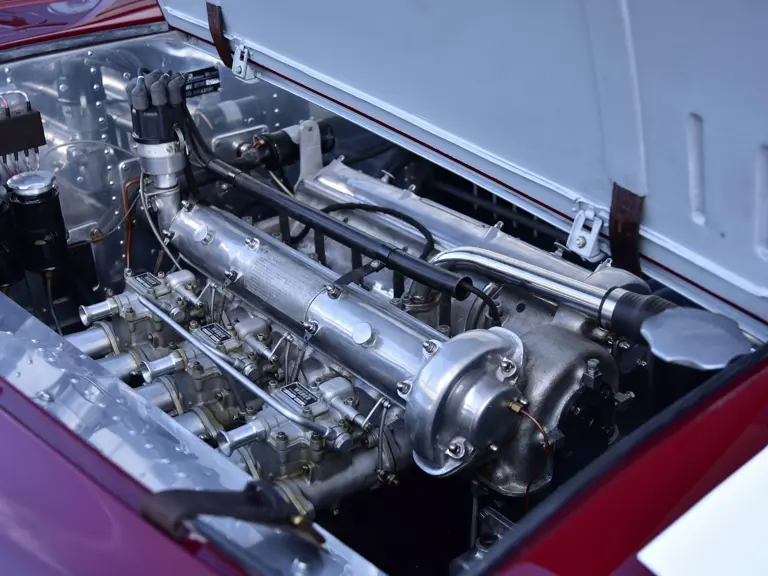
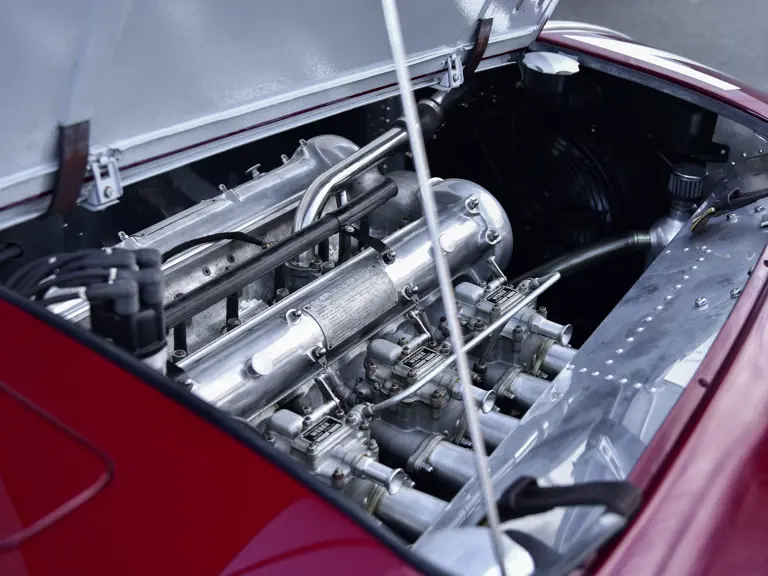
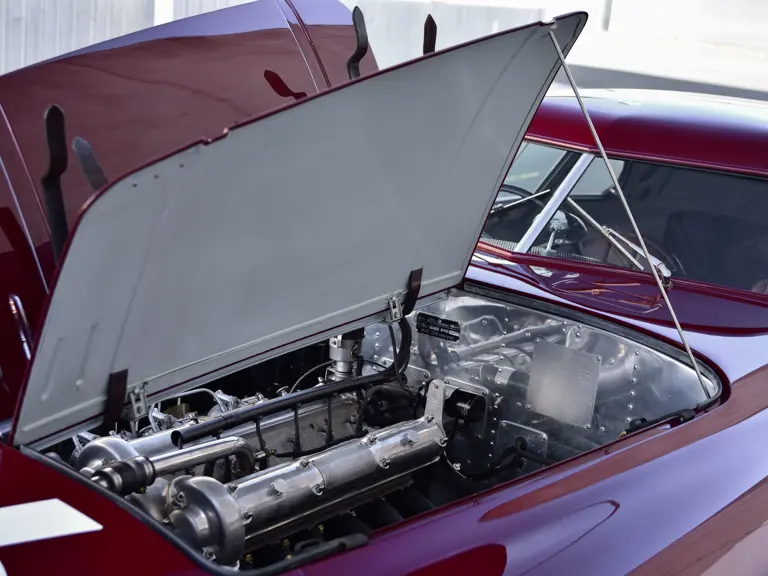
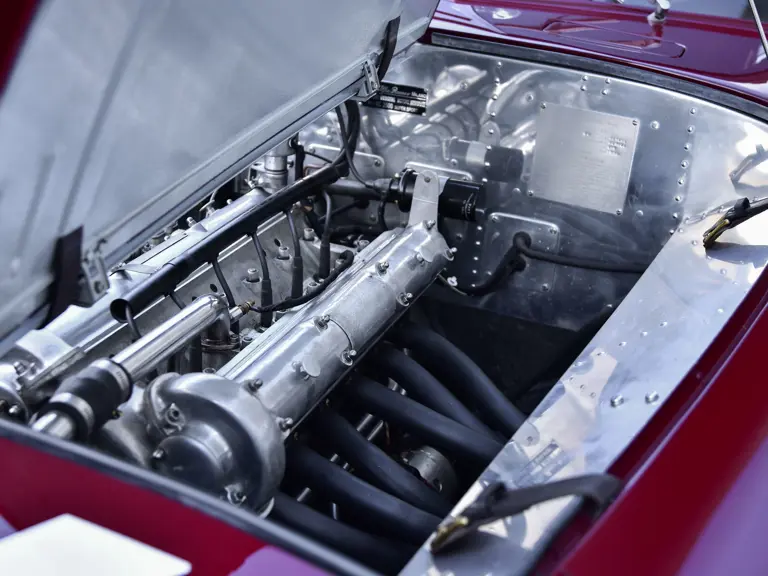
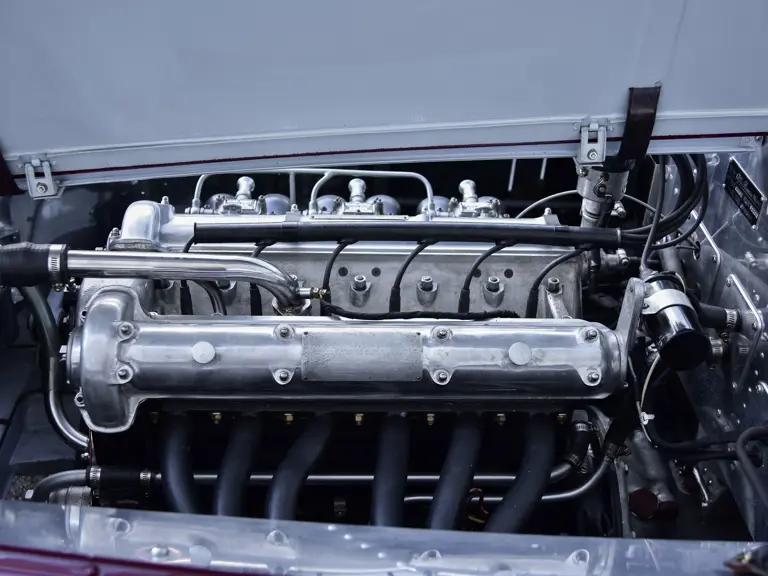

 | Monterey, California
| Monterey, California

